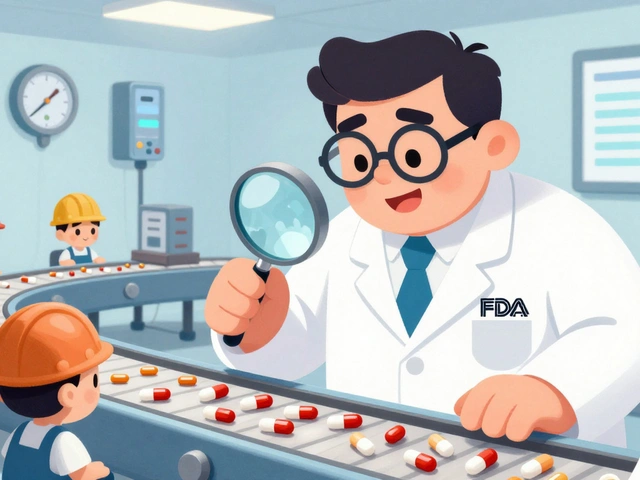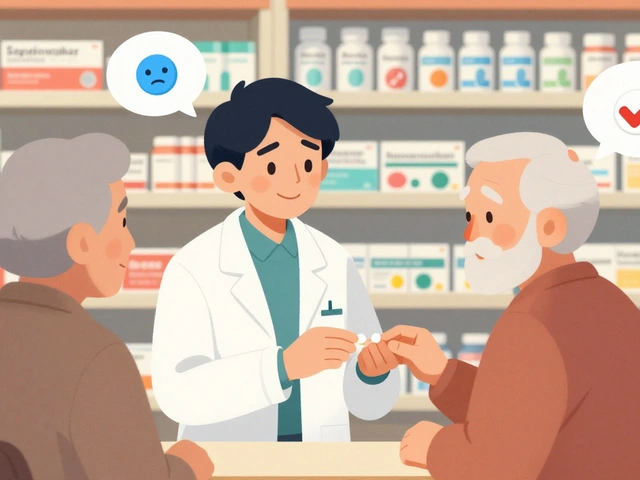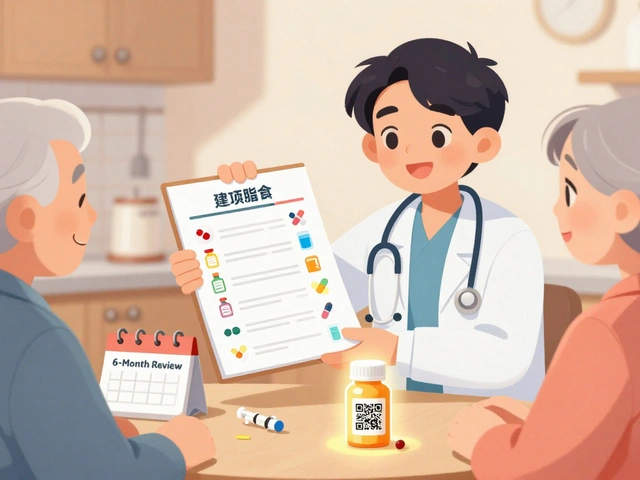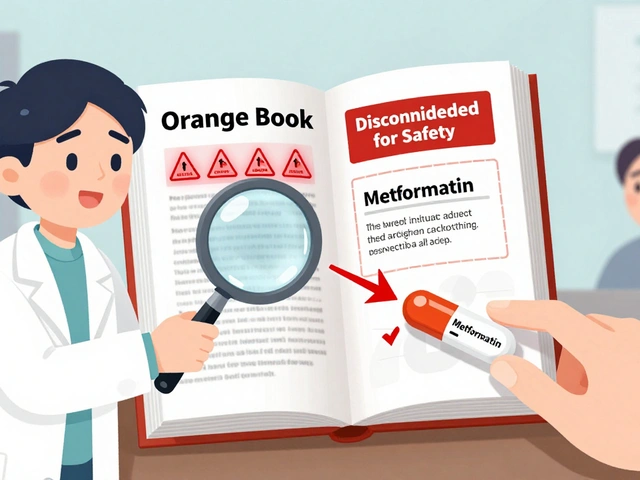Legionella infection – what you need to know right now
If you’ve ever heard of Legionnaires’ disease, you already know it’s linked to dirty water. Legionella bacteria love warm, stagnant water – think hot tubs, cooling towers, or even a neglected shower pipe. When you breathe in tiny droplets that contain the bug, you can get sick fast. Below we break down the basics, how to spot it, and what you can do to stay safe.
How Legionella spreads and who’s at risk
Legionella lives in water systems that aren’t cleaned regularly. The bacteria multiply best between 20°C and 50°C (68°F‑122°F). When a faucet, showerhead, or air‑conditioning system releases a mist, you can inhale the bacteria. Most healthy adults fight it off, but older people, smokers, and anyone with a weak immune system are more likely to get sick.
Typical places where outbreaks happen include hotels, hospitals, and large office buildings. Even a home water heater that sits unused for weeks can become a breeding ground. If you’ve been on a recent trip or spent time in a building with old plumbing, keep an eye out for symptoms.
Symptoms you should watch for
Legionella infection usually shows up 2‑10 days after exposure. Early signs look like a bad flu: high fever, chills, cough, and muscle aches. Some people get a gut‑y feeling – nausea, vomiting, or diarrhea. The cough can be dry or turn into a chest‑congestion that sounds like pneumonia.
Because the symptoms overlap with other illnesses, many cases go undiagnosed. If you have a fever over 101°F (38.5°C) plus a cough that won’t quit after a recent water‑related exposure, call a doctor. Mention “possible Legionella” so they can order the right tests.
Getting the right treatment
Doctors treat Legionella with antibiotics that target the bacteria, most often a fluoroquinolone (like levofloxacin) or a macrolide (like azithromycin). Treatment usually lasts 7‑14 days, but severe cases may need a longer hospital stay and IV antibiotics.
Early treatment makes a big difference. Most people recover fully, but older adults or those with chronic lung disease can face complications like lasting lung damage. Follow your doctor’s dosage schedule, finish the full course, and report any side effects right away.
Preventing Legionella in your home or workplace
Prevention starts with keeping water moving and hot enough to kill the bugs. Set your water heater to at least 60°C (140°F) and run hot water for a few minutes each week if a fixture isn’t used often. Clean showerheads, faucet aerators, and hot‑tub filters regularly – a quick soak in diluted bleach does the trick.
For larger buildings, the rule of thumb is to have a professional inspect and disinfect cooling towers, water tanks, and pipe systems at least twice a year. If you manage a property, ask the maintenance crew for a Legionella risk assessment and a documented cleaning plan.
What to do if you suspect an outbreak
When several people in the same location develop Legionella‑like symptoms, it’s time to act fast. Contact local health authorities – they can test water samples and guide you through a disinfection process. Meanwhile, advise anyone who’s been exposed to avoid using the suspect water source until it’s cleared.
Remember, most Legionella cases are preventable with simple steps: keep water hot, keep it moving, and clean out fixtures regularly. If you notice any of the symptoms after a recent stay in a hotel or use of a hot tub, seek medical help and mention the possible exposure. Staying informed and acting early saves you from a nasty bout of pneumonia.
Legionnaire's Disease and Pneumonia: How They're Linked
Explore how Legionnaire's disease triggers pneumonia, its symptoms, diagnosis, treatment, and prevention measures.
Read More





